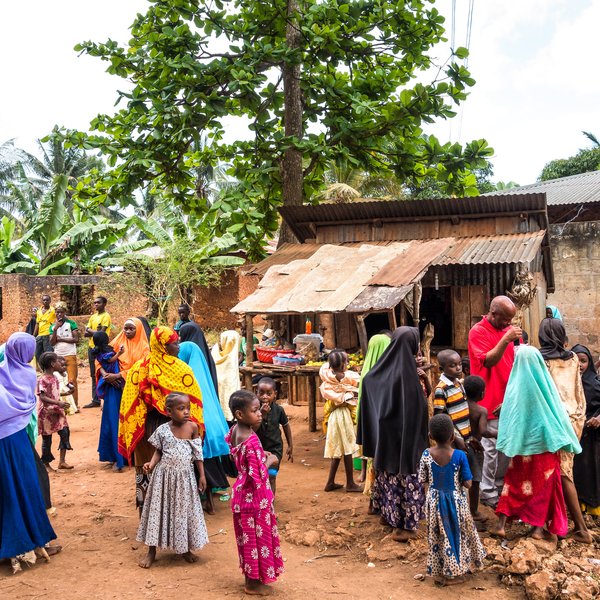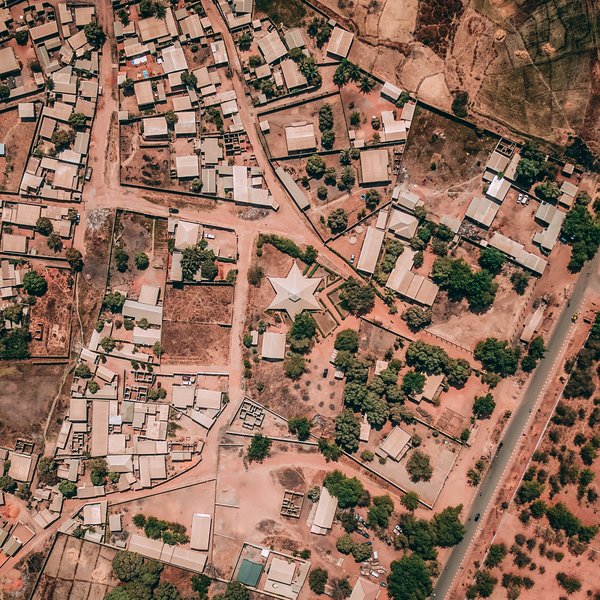There is a saying, ‘To count, you have to be counted’. For too long, women’s rights to land and other assets, as well as their perception of security in those rights, have not been sufficiently counted, and their voices have not been adequately heard. This was recognised in the Sustainable Development Goal indicators related to poverty eradication (Goal 1) and gender equality (Goal 5), which specifically require counting both men’s and women’s legally recognised rights to land as well as their perception of the security of those rights.1 It is also reflected in wider efforts to generate internationally comparable gender indicators, integrated into the regular production of statistics, for better, evidence-based policies, such as the Food and Agriculture Organization’s EDGE project and the World Bank’s (2019) research, Women, business and the law.
However, we still have a way to go: until now, much of the research looking at women’s land and property rights – whether women have secure land and property rights and what interventions are successfully ensuring women have secure land rights – has focused on only a handful of countries, specifically countries where largescale land projects are underway. While this research is extremely valuable, it is not sufficient for a full understanding of the disparities in land and property rights between men and women, and their impact on development outcomes.However, we still have a way to go: until now, much of the research looking at women’s land and property rights – whether women have secure land and property rights and what interventions are successfully ensuring women have secure land rights – has focused on only a handful of countries, specifically countries where largescale land projects are underway. While this research is extremely valuable, it is not sufficient for a full understanding of the disparities in land and property rights between men and women, and their impact on development outcomes.
This report aims to provide answers to three broad questions:
- Do women feel more insecure than men about their land and property rights?
- Can women's tenure security be strengthened and protected through increased statutory protections for women by carving out explicit legal recognition of women as spouses/inheritors and framing this in joint titling/inheritance law?
- What implications do the findings have for policy to improve women's tenure security?
Top articles
Podcast: Where do we land up on the rights of persons with disabilities?
In this episode of the LandUP! podcast, we wanted to better understand a largely unexplored subject matter: the land rights Lorem ipsum dolor sit amet. Lorem ipsum dolor sit amet. Lorem ipsum dolor sit amet. Lorem ipsum dolor sit amet. Lorem ipsum dolor sit amet. Lorem ipsum dolor sit amet.
Podcast: Where do we land up on the rights of persons with disabilities?
In this episode of the LandUP! podcast, we wanted to better understand a largely unexplored subject matter: the land rights Lorem ipsum dolor sit amet. Lorem ipsum dolor sit amet. Lorem ipsum dolor sit amet. Lorem ipsum dolor sit amet. Lorem ipsum dolor sit amet. Lorem ipsum dolor sit amet.
Podcast: Where do we land up on the rights of persons with disabilities?
In this episode of the LandUP! podcast, we wanted to better understand a largely unexplored subject matter: the land rights Lorem ipsum dolor sit amet. Lorem ipsum dolor sit amet. Lorem ipsum dolor sit amet. Lorem ipsum dolor sit amet. Lorem ipsum dolor sit amet. Lorem ipsum dolor sit amet.



